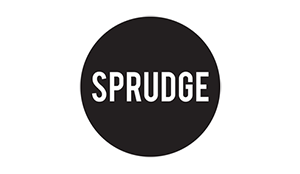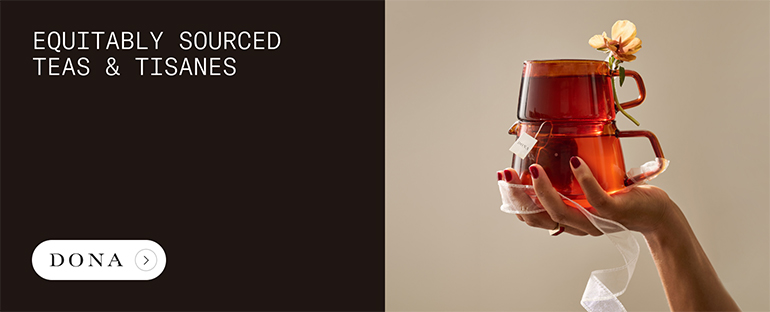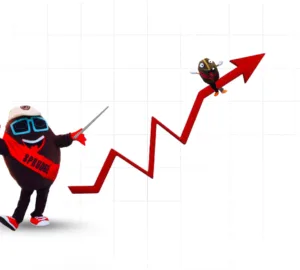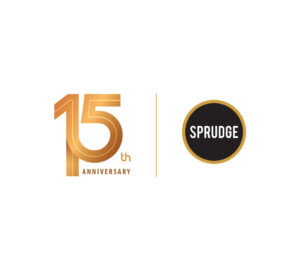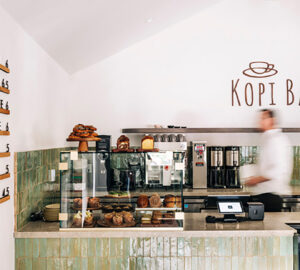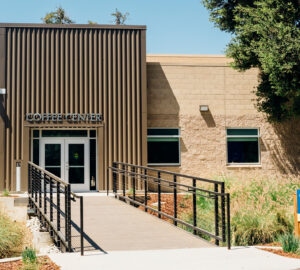Wages in the coffee industry are low. This is not breaking news; people have talked about the coffee wage crisis for years, but successful solutions have yet to materialize. While some individuals might be doing better than the average, the industry as a whole continues to suffer from low wages along the supply chain. New suggestions are needed.
When coffee prices are adjusted for inflation, it’s clear that we’re paying less for coffee today than in 1980. This matters because consumer spending impacts how much companies can pay out to contributors at every step of the supply chain, all the way up to the barista. But cafe owners often hesitate to raise prices; they have to worry whether asking customers to pay more will drive some away, and if the higher price will make up for that loss. It’s delicate math, especially in competitive and saturated markets.
Rather than relying on individual cafes to raise prices, which is disincentivized by price-based competition, one potential solution is regulation. This might look price controls, or other steps taken to help establish higher prices for coffee consumption across the board. Because of price fixing legislation—in particular the Sherman Anti-Trust Act of 1890— price controls on coffee would have to be mandated via government regulation. This is one potential path increasing coffee prices domestically.
A Quick History of Price Controls
Price controls are usually established to prevent corporate gouging during periods of high demand. When governments have tried to raise a product’s prices, they restricted the importation of a product, as when England restricted importation of American corn to create an artificial scarcity and raise prices of English corn. The US government has even experimented with setting price floors for agricultural products.
Neither of these approaches would work for coffee in the US. President Roosevelt’s Agricultural Adjustment Act is largely seen as a disaster. Moreover, the vast majority of coffee is imported, so blocking importation would destroy coffee businesses, since there’s not a strong enough competing domestic coffee supply.
Something more savvy than simple price control is necessary.
An Indecent Proposal
The US government could attack coffee’s low wages sideways. Instead of directly setting a price floor on roasted coffee or coffee served, the government could begin regulating coffee consumption by age, as with alcohol. The minimum drinking age was set at 21 after decades of the drinking age set to 18 showed an increase in fatal traffic accidents involving drunk teenagers. Evidence also showed that teen drinking increased drug and alcohol dependency later in life.
While coffee doesn’t impair judgment the same way alcohol does, a lesson can be taken from this: Legitimate health concerns can serve as a unifying reason to regulate the consumption of a product, and alcohol provides a legal precedent. Coffee has already been proven to be an addictive stimulant. Addiction is easier to establish in a younger brain; perhaps we should control when young adults begin consuming coffee to protect them from the potential for addiction. 18, when the brain is more developed, is a safer time to begin consuming coffee. There is already support for this—the amount of adults who think people should wait to begin drinking coffee has increased dramatically over the last 40 years.
How might this raise prices and put more money in the pockets of workers? When a product becomes scarce or limited, it taps into what psychologists call the forbidden fruit effect. Basically, “anything which seems to be unavailable is, as a result, more desirable,” Alice Binder wrote. This results in increased perceived value of a product, meaning that people will pay more just because something is harder to get their hands on. We see this principle at work with limited-edition merchandise and the history of De Beers diamonds. According to Dr. Carolina Estevez from Infinite Recovery, “consumers may view products that are regulated more favorably because it suggests a certain level of quality or safety.” Regulating coffee consumption might make it appear both safer to consume and tap into the very human love of anything illicit.
However, limiting coffee consumption by age disrupts the industry’s customer base. Unlike raising prices, which may drive away customers, limiting who can drink coffee would absolutely have this effect. (Anyone who has witnessed the morning rush at a cafe near a high school can attest to this.) Rakesh Parikh argued in the William & Mary Law Review that reducing the number of consumers in the caffeine marketplace would be a huge financial hit for caffeine purveyors because the under-18 crowd accounts for a high percentage of consumers.
The impact of Prohibition undermines this argument. From 1920-1933, alcohol was illegal in the US. However, the law actually increased drinking, especially among women. Before Prohibition, women rarely drank in public and bars were male-dominated spaces. When Prohibition was enacted, the new private clubs that served illegal alcohol welcomed women. Women perceived drinking in speakeasies as illicit and sexy, so they started going out for cocktails. After Prohibition was repealed, women continued to drink in public. Female customers now account for 48% of pub traffic.
Unfortunately, consumer psychological responses are difficult to predict. Limiting coffee consumption might tap into the forbidden fruit effect. But Azzam Sheikh, Digital Strategist at Money Advisor, suggested that “stringent regulations can be a double-edged sword, potentially signaling risk or overreach, which could detract from perceived value.”
There are additional drawbacks. Regulation would increase costs to companies. Bouncers at the door cost money, and cafes would have to come up with a similar regulating mechanism. Meanwhile, there isn’t a large untapped market of potential coffee drinkers to make up for the increased costs; limiting coffee consumption today might not have the same impact as banning alcohol did 100 years ago. Moreover, none of this guarantees an increase in income for farmers or baristas, only a potential increase for cafes; it would be the responsibility of the coffee company itself to ethically pass that increase on.
A Safer Bet
Dr. Miguel Gomez at Cornell University studies food supply chains with a focus on coffee, and he doesn’t believe any regulation in the US would help raise coffee wages. Increased prices caused by regulation “would disappear into government enforcement,” Gomez said.
It has been tried before, however. “Before 1990, importing countries agreed to pay better prices to farmers in order to combat the expansion of communism,” Gomez said. But when the USSR collapsed, there was no need for this artificial price inflation, so the agreement ended and international prices were in freefall. Gomez suggested that a better approach might be if producing countries banded together to raise prices, the way that the Organization of the Petroleum Exporting Countries (OPEC) controls gasoline prices.
Per Sjofors, author of The Price Whisperer, suggested that the best way to raise prices at the consumer level is through meaningful differentiation. Starbucks did exactly this by establishing their cafes as a destination, separating their coffee from diner coffee. “They’re really in the experience industry,” he said.
Gomez echoes this. “The market for coffee is like the market for wine. It’s a differentiated product. It’s not interchangeable like oranges,” yet many consumers still see all coffee as interchangeable.
Are Consumers the Answer?
Sjofors and Gomez both agree that consumer education is key to solving the coffee wage crisis. Currently, only 2%-3% of the cost of a bag of coffee makes it into the hands of the farmer that grows it; Dr. Gomez suggests making consumers aware of this might encourage them to buy from roasters who pay farmers more fairly through direct trade. If consumers favored brands that pay farmers better, it would incentivize more roasters to do the same. The same logic could be applied at the cafe level.
While many balk at the idea of raising coffee prices, we can’t pay workers more money without first making more money. At some point, consumers have to pay more–the question is how. If people’s historic dedication to their addictions is any comfort, customers will keep coming back.
Valorie Clark (@TheValorieClark) is a freelance journalist based in Los Angeles. Read more Valorie Clark on Sprudge.
